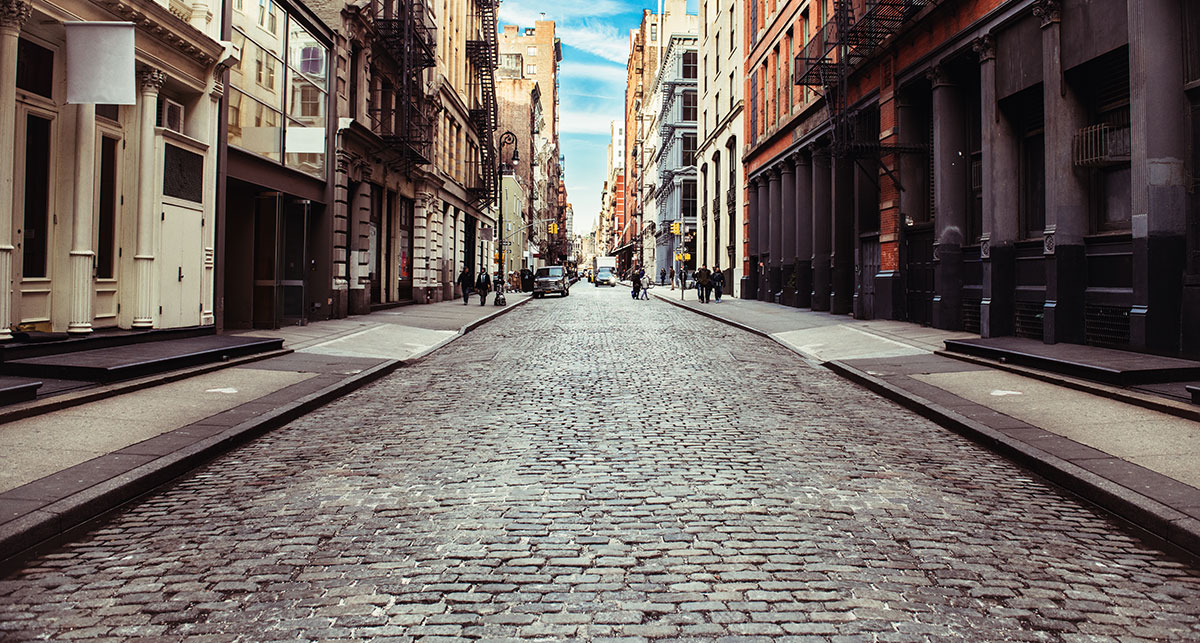In the tapestry of urban development, old cities stand out as repositories of history, culture, and untapped potential. These cities are more than just collections of aging structures; they are living monuments to our collective past. As we stand at the crossroads of preserving our heritage and fostering urban growth, I, Ravi Uppal, have come to believe in a sustainable approach to urban regeneration—one that respects and revitalizes our historic cities while preparing them for future generations.
The Value of Heritage
Heritage is not just about preserving old buildings; it’s about maintaining the identity and continuity of a place. Old cities carry the stories of our ancestors, the artistry of bygone eras, and the traditions that have shaped us. They are unique assets that, when leveraged thoughtfully, can contribute significantly to a city’s social, economic, and environmental sustainability.
Preserving Identity While Encouraging Growth
The challenge in revitalizing old cities lies in balancing preservation with the need for modernization. How do we ensure that these urban spaces can accommodate the demands of contemporary life without losing their essence? The answer lies in sustainable urban regeneration—a process that respects historical integrity while injecting new life and functionality into aging urban fabrics.
A Sustainable Approach to Regeneration
Sustainable urban regeneration is about more than just economic development; it’s about creating spaces that enhance the quality of life for all residents, promote environmental sustainability, and preserve cultural heritage.
Integrating the Old with the New
One of the key principles in this approach is the integration of old and new. This involves adaptive reuse of historic buildings, transforming them into spaces that serve current community needs—be it housing, cultural centers, or commercial spaces. By doing so, we not only save these structures from decay but also ensure they remain vibrant and relevant parts of the urban landscape.
Greening Our Heritage
Another aspect of sustainable regeneration is the incorporation of green spaces and sustainability features into historic areas. Old cities often lack the greenery and eco-friendly infrastructure of their newer counterparts. Introducing urban gardens, green roofs, and energy-efficient lighting can significantly enhance environmental sustainability while improving residents’ well-being.
The Role of Community Engagement
For urban regeneration to be truly sustainable, it must be a collaborative effort that involves local communities. After all, who better to guide the revitalization of a historic city than the people who live and breathe its culture every day?
Involving Residents in the Regeneration Process
Community engagement in planning and decision-making processes ensures that regeneration efforts are aligned with the needs and desires of local residents. This collaborative approach fosters a sense of ownership and pride in the revitalization efforts, ensuring their success and sustainability in the long run.
Education and Capacity Building
Educating the community about the value of their heritage and the importance of sustainability is also crucial. Workshops, exhibitions, and public meetings can be powerful tools for raising awareness and building local capacity for ongoing regeneration efforts.
Overcoming Challenges
Regenerating old cities is not without its challenges. From navigating complex regulations and securing funding to addressing the needs of diverse stakeholders, the path to sustainable urban regeneration is fraught with obstacles. Yet, these challenges also present opportunities for innovation and creative problem-solving.
Innovative Funding and Partnership Models
One way to overcome financial hurdles is through innovative funding and partnership models that involve public, private, and nonprofit sectors. Leveraging grants, tax incentives, and public-private partnerships can provide the necessary resources for sustainable regeneration projects.
Balancing Preservation with Modern Needs
Balancing the preservation of historical elements with the integration of modern amenities requires careful planning and design. This often involves creative solutions that respect the past while embracing the future, such as installing modern infrastructure in a way that is sympathetic to the historical context.
Envisioning the Future
As we look to the future, the potential for old cities to lead the way in sustainable urban living is immense. By leveraging their heritage, these cities can become models of regeneration that prioritize community, culture, and sustainability.
A Blueprint for Sustainable Urban Living
The journey of revitalizing old cities through sustainable urban regeneration is not just about preserving the past; it’s about creating a blueprint for future urban living. It’s a vision that integrates history, culture, and sustainability into a cohesive whole, offering lessons on how we can create more resilient, vibrant, and inclusive cities.
Leading by Example
In my own work, I’ve strived to embody this vision, championing projects that respect and revitalize our heritage while preparing for future challenges. It’s a path that requires patience, dedication, and a deep love for our cities and their stories. As we continue to navigate the complexities of urban regeneration, let us remember that in our old cities lies a wealth of knowledge, beauty, and potential waiting to be rediscovered and reimagined for the generations to come.
